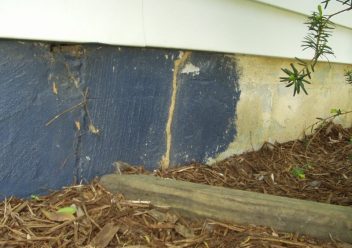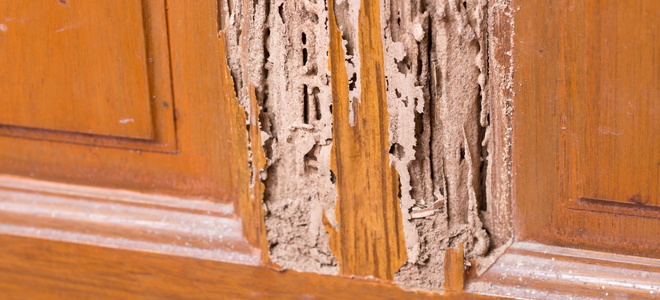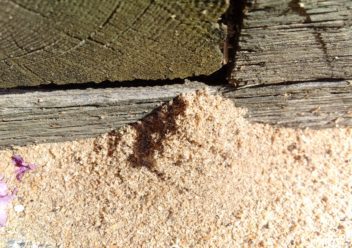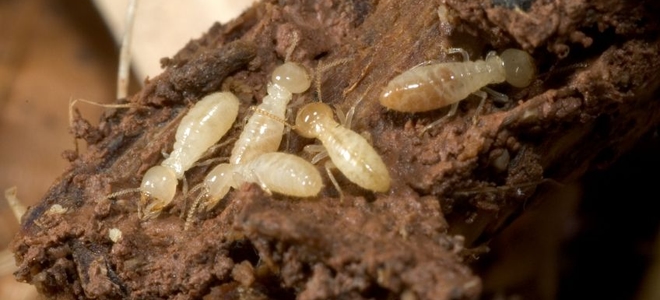Massive Termite Colony On Wall Under Paneling
It is crucial to stop subterranean termites as soon as the infestation is discovered.
Massive termite colony on wall under paneling. It is easier for them to eat cellulose than. Subterranean termites are the most common cause of termite damage in the u s. Subterranean termite wall damage. Mud tubes paint blisters damage to wood paneling or wooden trim hollow sounding wood and pinholes in the wall.
The insect prefers concealed damp and dark out of sight places that is why sometimes it is rather complicated to find the presence of termites colony nest inside a house and the problem of termites infestation becomes serious and sometimes irretrievable. An uniformed colony would quickly die. They live in loose damp soil and create underground tunnels towards food sources. Subterranean termite is a crafty pest.
One type the formosan termite is especially voracious due largely to its massive numbers. A queen can lay over a thousand eggs in one day. Use the hammer and pry bar to carefully open the wooden exterior board of an inconspicuous part. To inspect interior wood paneling you might have to remove a board or panel.
Subterranean termites devour soft wood and eat along the grain. Step 3 inspect inside the wood paneling. Such a nest can be 330 690 feet in diameter. The cycle continues over and over.
This can t happend unless individuals return or die trying. Signs of wall damage caused by termites can include. The question per say about stay in wall is a bit ambigous. There is only one queen in a colony.
To get wood provide the colony with ventilation and maintain proper temperature in there they build tunnels and mud tubes from this nest towards the surface. This produces a distinct honeycomb pattern in the wood. The foraging workers are the ones that we typically find infesting wood. Formosan termite colonies can number in the.
They will mature and prepare to swarm and leave to start another colony in the summer. Termite activity generally tends to be more in areas closer to the floor so you can start at the bottom. Thus nests of subterranean termites are located in moist soil from 4 to 18 inches below surface. If you mean always be found there that is possible.
If you mean never leave and return to colony no. Subterranean termite colonies can become very large so if you notice any potential activity there s a good chance that many more are close by. Some of the signs above indicate a subterranean termite infestation while others indicate a drywood termite infestation. She lives in an exceptional chamber known as the nuptial chamber.
It is a female termite whose major role in a colony is to lay eggs. Depending on the species of termite a mature colony can contain 200 000 to 2 000 000 workers although many colonies contain as few as 50 000 60 000. The queen is the largest termite in a colony with a length ranging from 60cm to 80 cm. The population of the colony will continue adding massive numbers for about five years then the queen will have her first reproductive alates or young kings and queens.
Termites have gone further in their eating habits. Their nests consist of numerous galleries interconnected with tunnels.














































